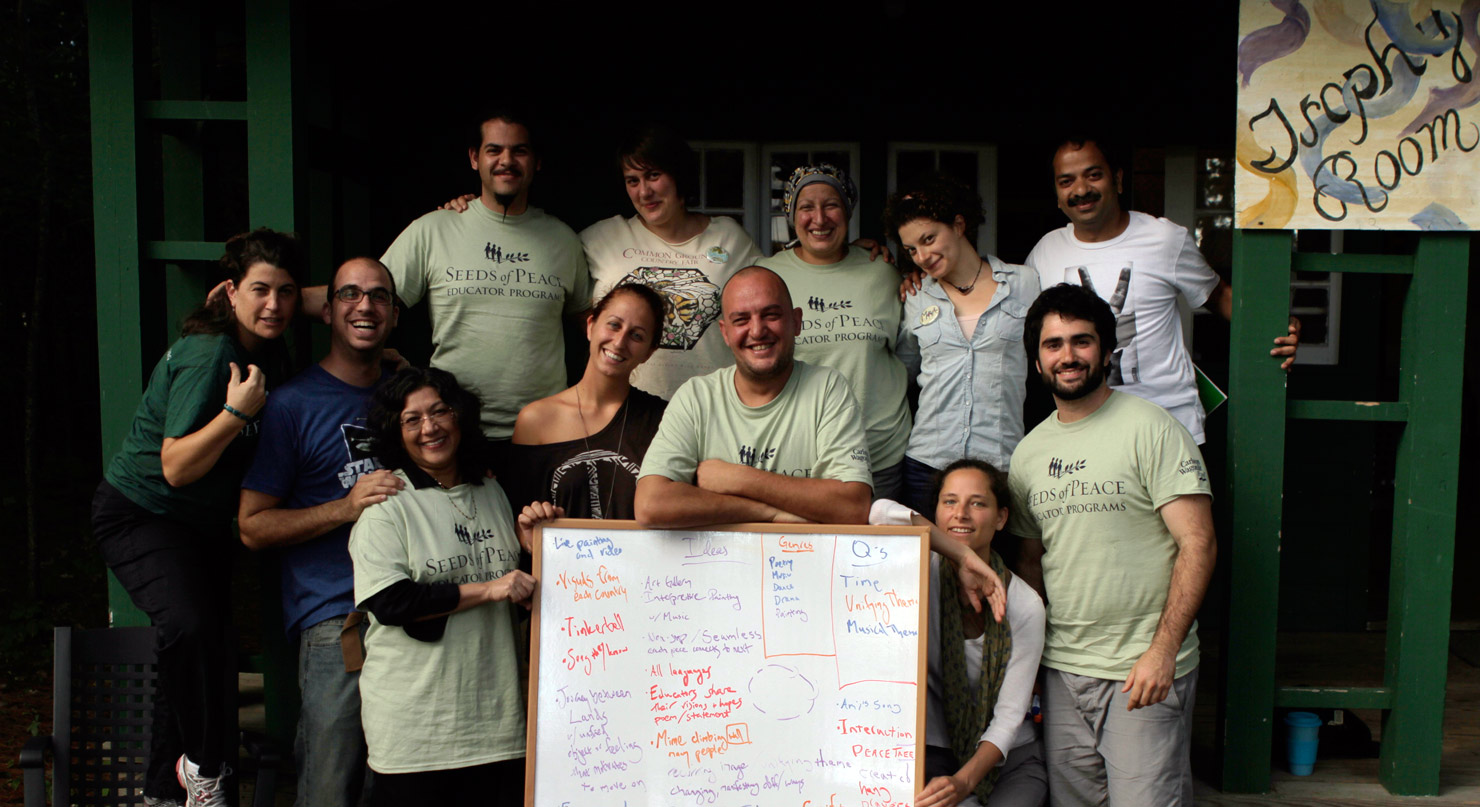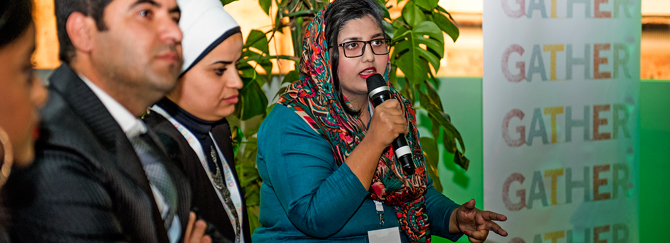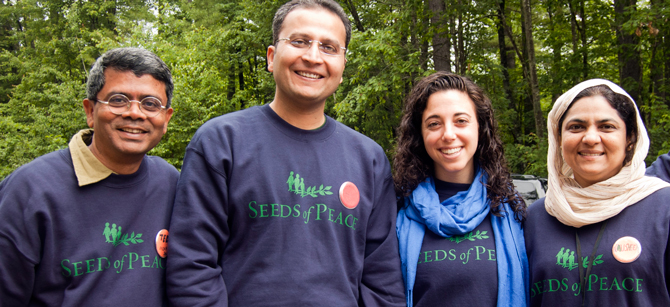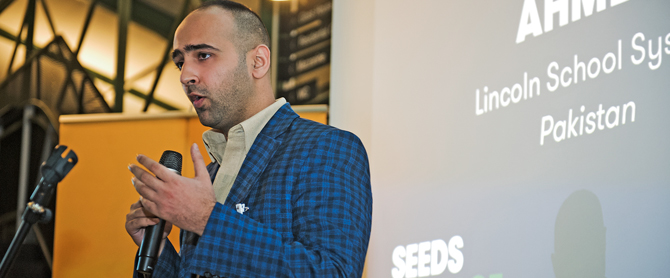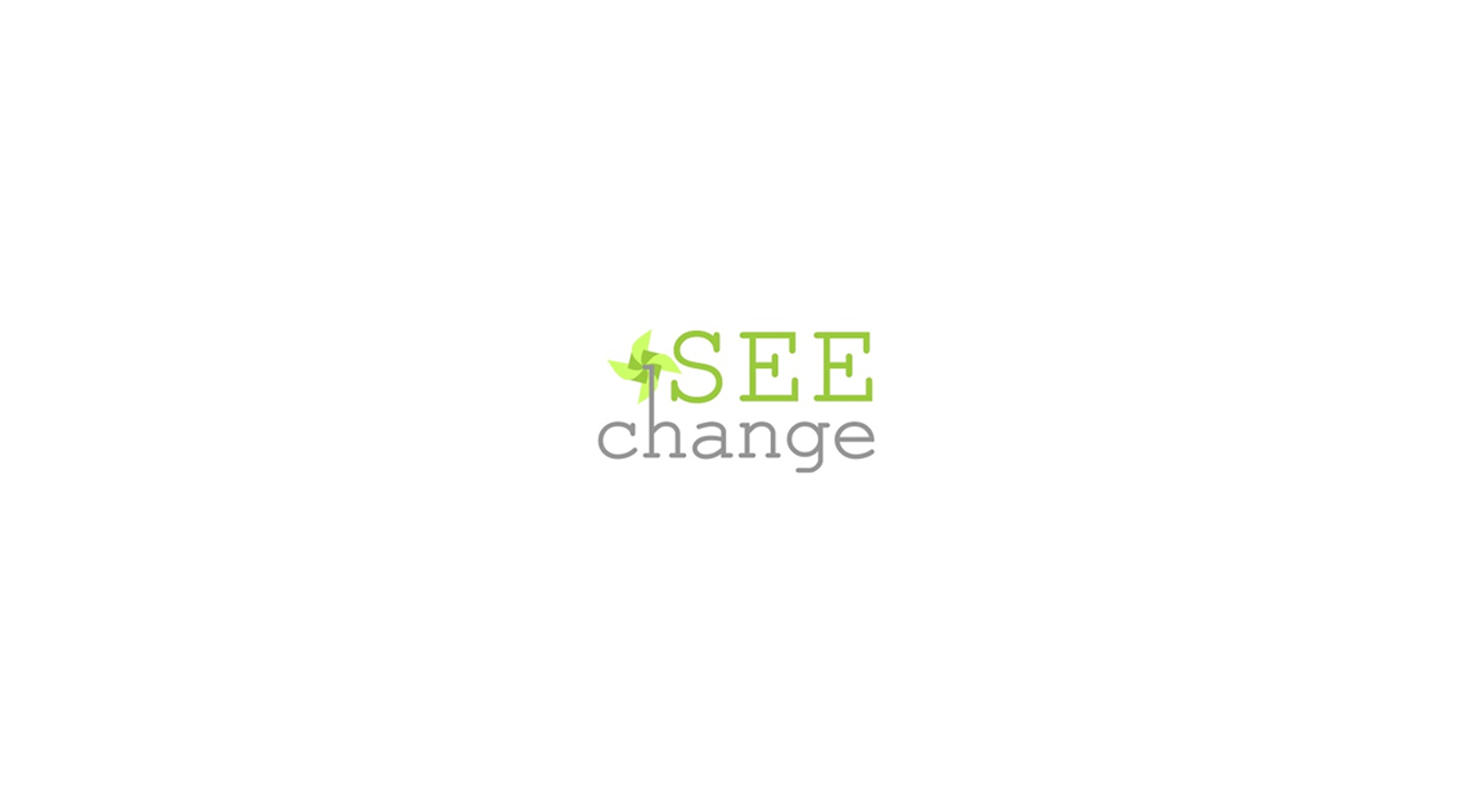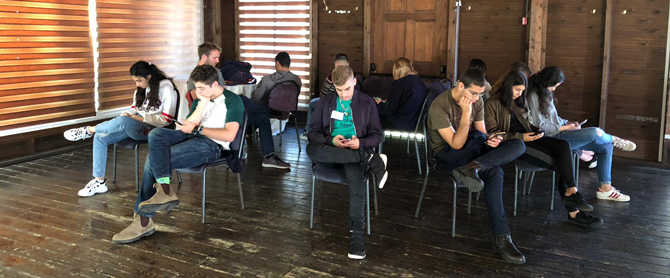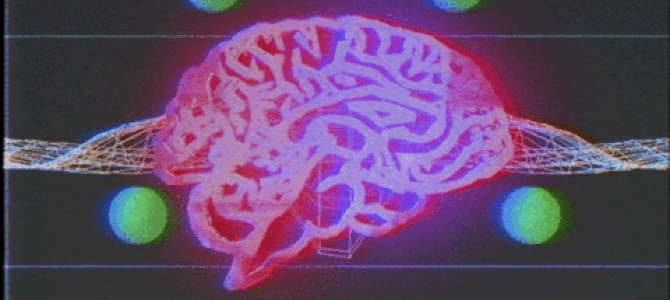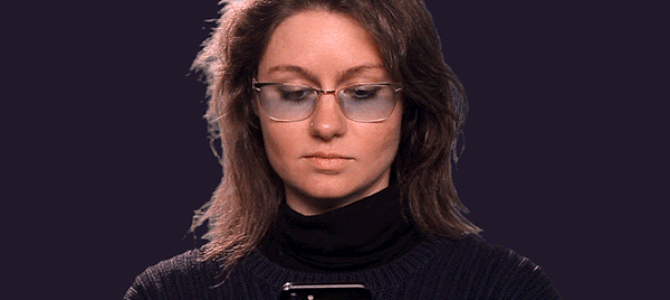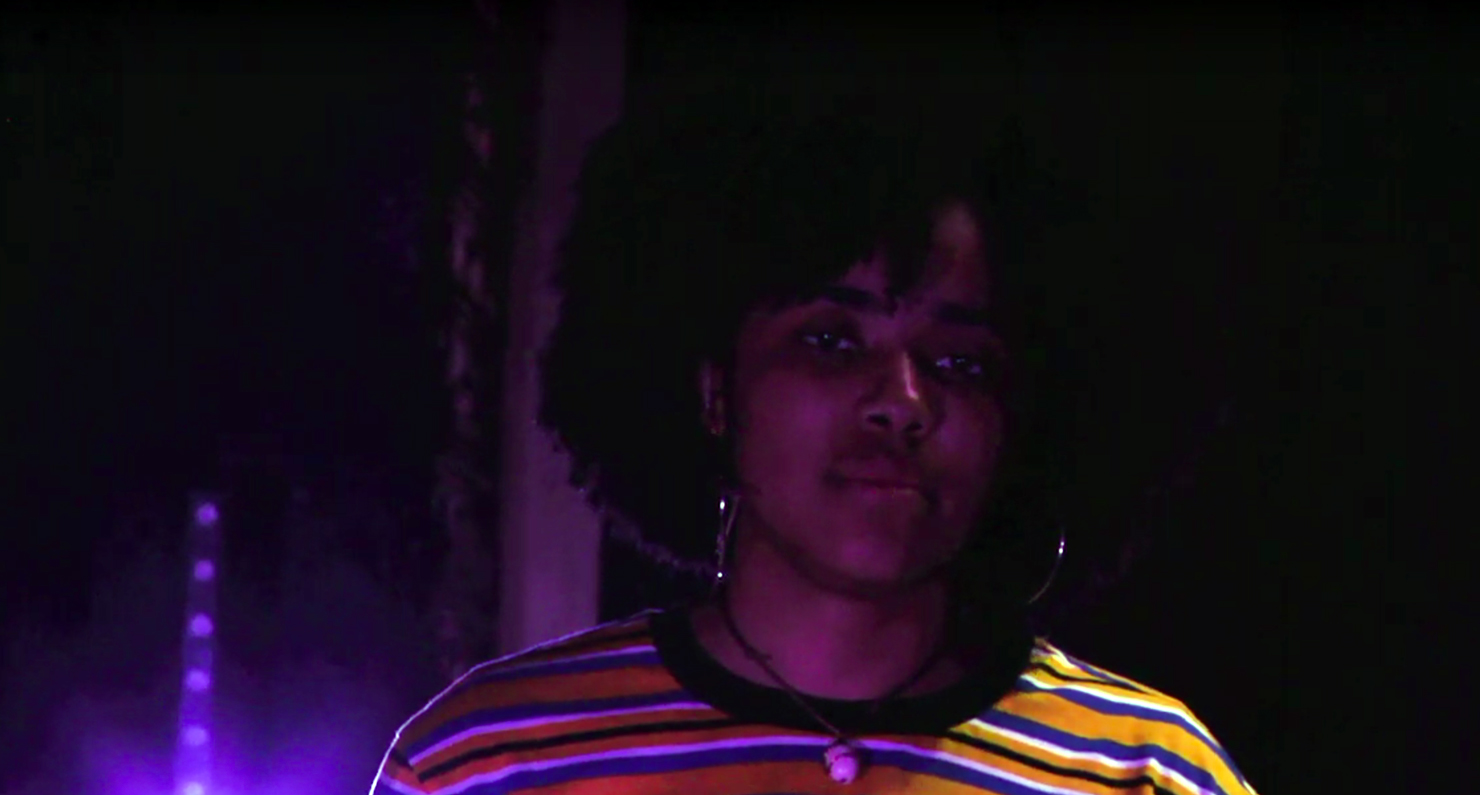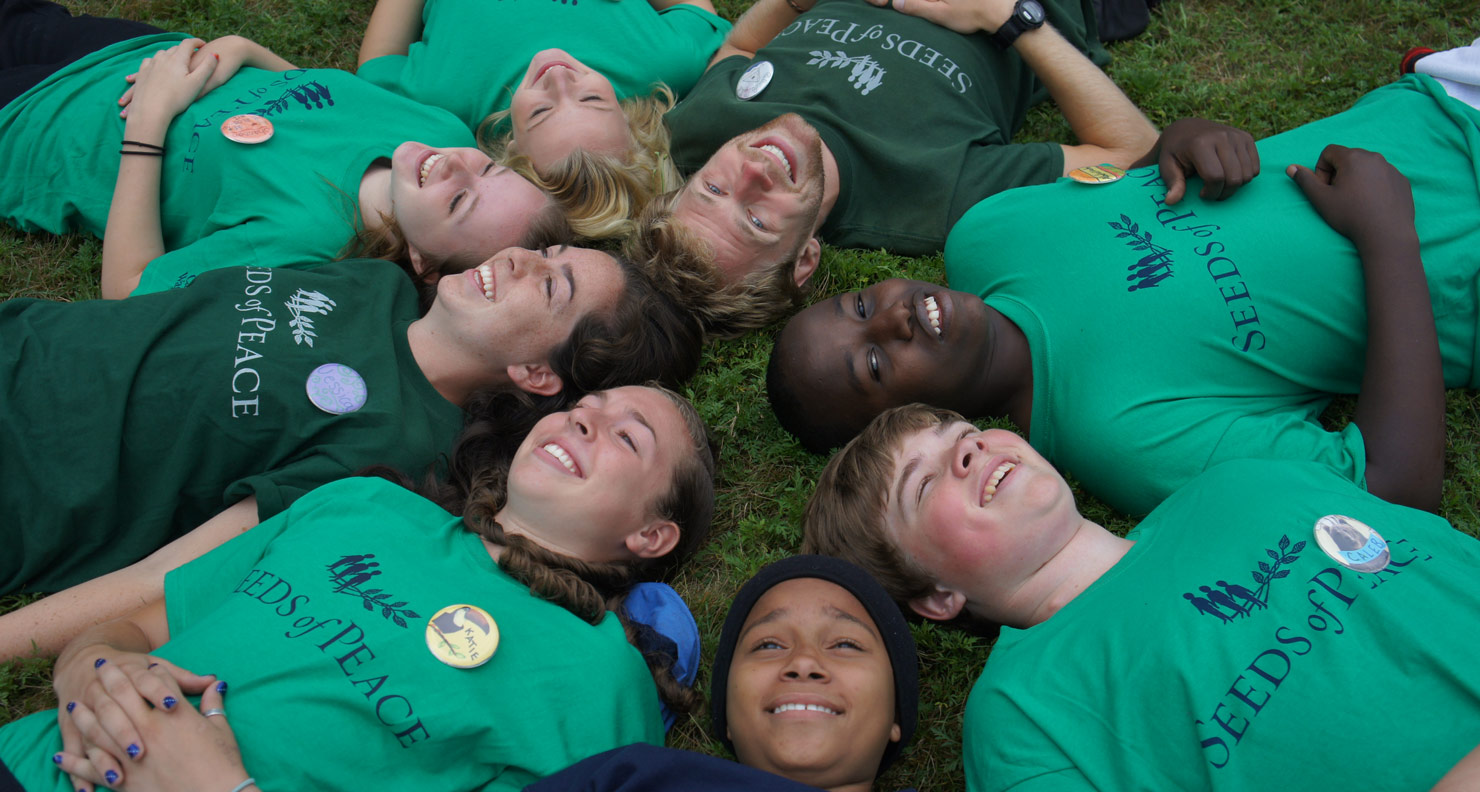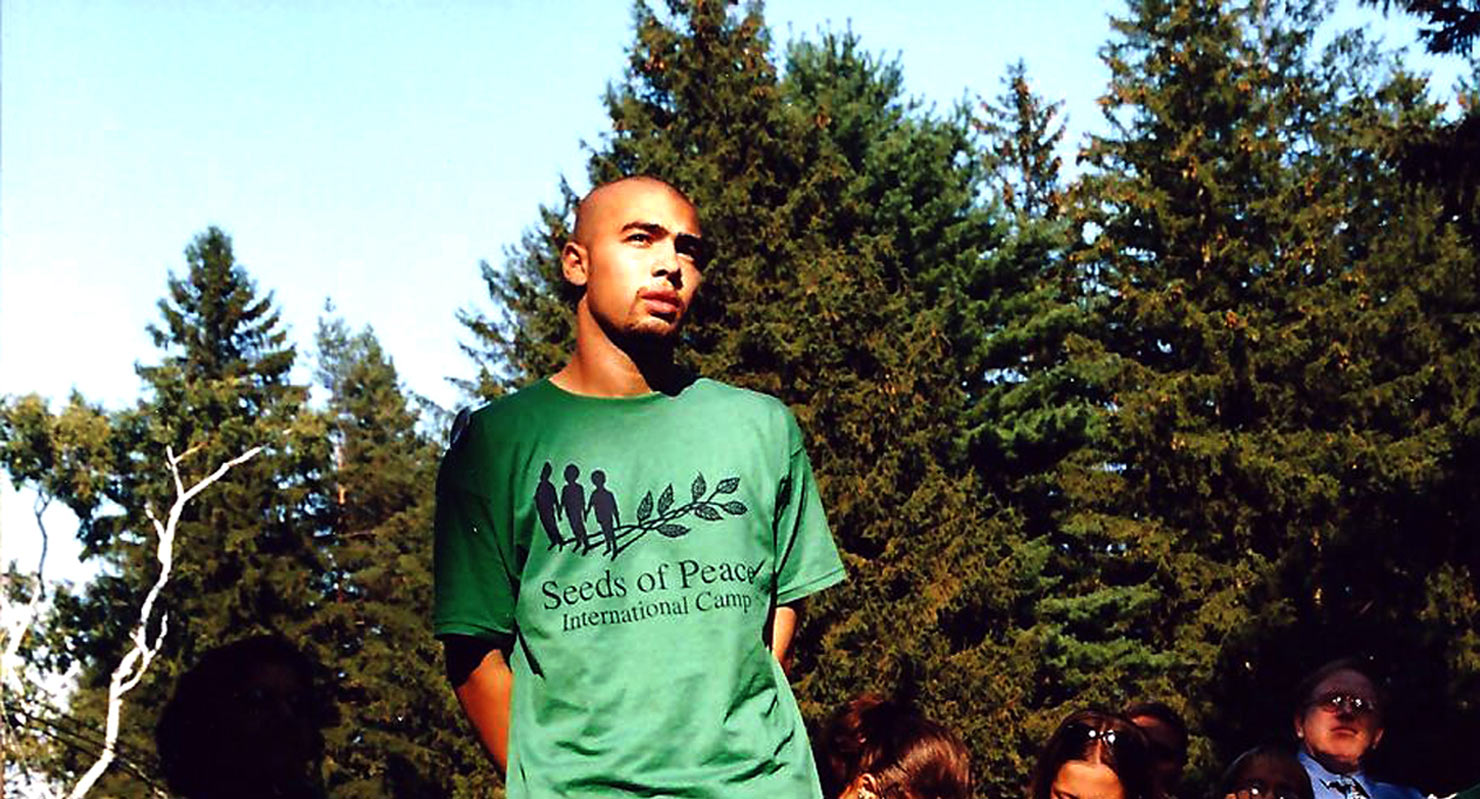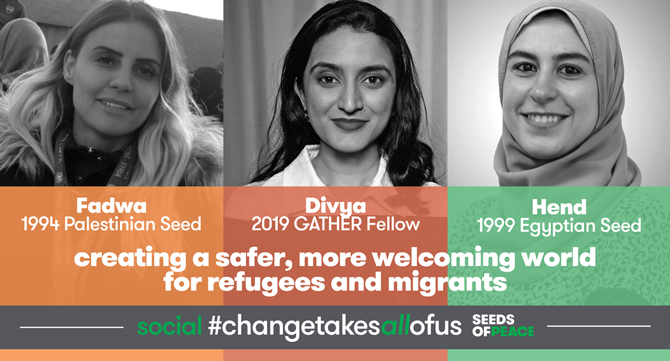BY LEE MICHAEL KATZ | OTISFIELD, MAINE When her friends at the Seeds of Peace camp want to tease Dalal Erekat, they call her “Saeb’s daughter.”
Dalal, 16, is the daughter of chief Palestinian peace negotiatior Saeb Erekat. Youths here learn to live in peace while Dalal’s father is still trying to negotiate it.
Dalal had to assume her father’s role and negotiate for Palestinians at a special Seeds of Peace summit in Switzerland in May. She called home to the West Bank town of Jericho with new-found professional respect. “Dad, I know how hard your job is,” Dalal told her father. She learned “the whole land is on his back.”
Deputy U.S. Middle East peace envoy Aaron Miller’s teenage daughter also attended the summit where the Arab and Israeli youths worked out a peace agreement. Shortly afterward, Palestinian leader Yasser Arafat told Miller and Saeb Erekat, “It’s clear that your kids are doing a lot better job than you are.”
Despite her father’s job as a peacemaker in recent years, Dalal says her view of Israelis was marked by relatives and friends injured in clashes with Israeli soldiers. “I used to hate them because of what I saw in my life,” she says. “Now, I have changed. I am with my Dad.”
Dalal has become close friends with Israeli girls at camp. “We eat together, we sleep together. We talk about boys, music, politics, families.”
Saeb Erekat, 43, says that when he was his daughter’s age he was “throwing stones at Israeli vehicles, demonstrating and fighting.”
He says that it is important for a new Israeli generation “to see my daughter as a human being.”
“I don’t think you can change adults,” Saeb Erekat says. “I really hope that this is a new generation that will be free of all inhibitions.”
That could happen, Dalal says. “The future is not written for me.”



